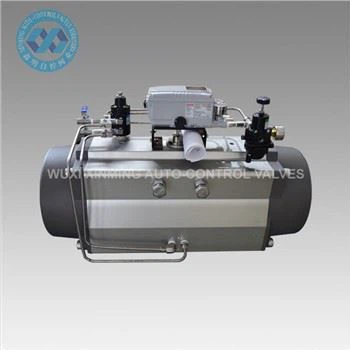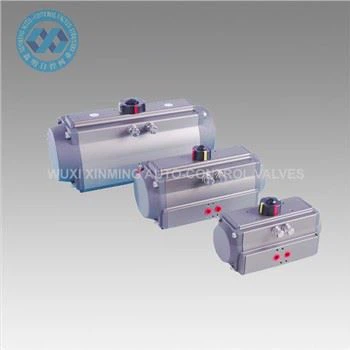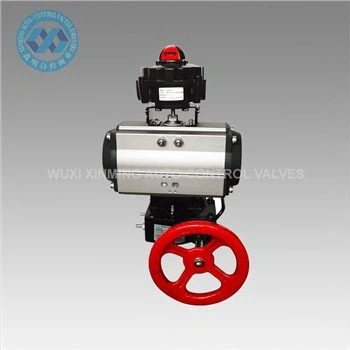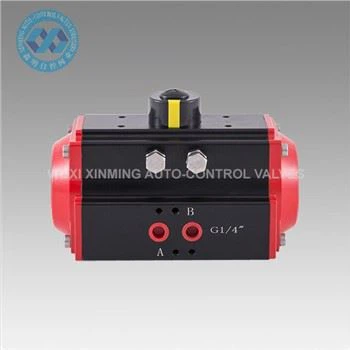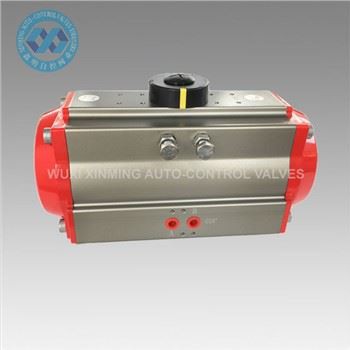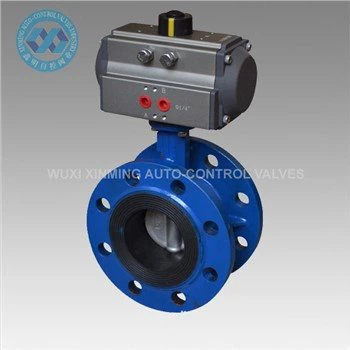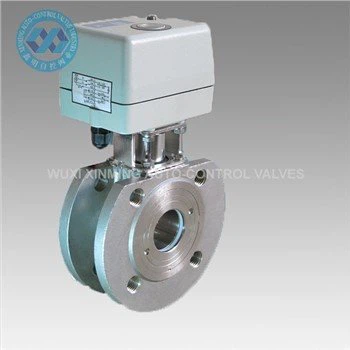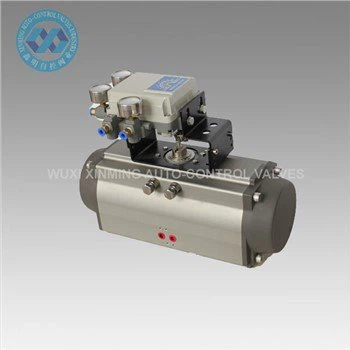Introduction
Butterfly valves are widely used in industrial applications for regulating and isolating fluid flow. When paired with a pneumatic actuator, they offer efficient, reliable, and automated control. This article explores the design, working principle, advantages, and applications of pneumatic-actuated butterfly valves.

1. What is a Butterfly Valve Pneumatic Actuator?
A pneumatic actuator is a device that converts compressed air energy into mechanical motion to operate a butterfly valve. It provides quick response, precise control, and automation in various industrial processes.
Key Components:
- Butterfly Valve: A quarter-turn valve with a disc that rotates to control flow.
- Pneumatic Actuator: Uses air pressure to generate torque for valve operation.
- Positioner (Optional): Ensures accurate valve positioning based on control signals.
- Solenoid Valve: Controls air supply to the actuator.
2. Working Principle
- Air Supply: Compressed air is directed into the actuator.
- Piston/Diaphragm Movement: The air pressure moves a piston or diaphragm, generating torque.
- Valve Rotation: The actuator rotates the valve disc (90° for open/close or modulating control).
- Spring Return (Optional): Some actuators use springs to return the valve to a default position when air is cut off.
Types of Pneumatic Actuators for Butterfly Valves:
- Double-Acting (DA): Uses air pressure for both opening and closing.
- Single-Acting (Spring-Return): Air opens the valve, while a spring closes it (or vice versa).
3. Advantages of Pneumatic-Actuated Butterfly Valves
✅ Fast Operation: Quick response time for process control.
✅ High Reliability: Minimal mechanical wear, long service life.
✅ Explosion-Proof: Safe for hazardous environments (unlike electric actuators).
✅ Cost-Effective: Lower maintenance and operational costs compared to hydraulic or electric actuators.
✅ Modulating Control: Can be used for precise flow regulation with a positioner.
4. Applications
Pneumatic-actuated butterfly valves are used in industries requiring automation, safety, and efficiency, including:
- Water & Wastewater Treatment
- Oil & Gas Pipelines
- Chemical Processing
- Food & Beverage Production
- HVAC Systems
- Power Plants
Conclusion
The butterfly valve pneumatic actuator is a versatile, efficient, and reliable solution for automated flow control. Its fast operation, safety features, and cost-effectiveness make it ideal for industrial, chemical, and utility applications.
If you want to learn more about low-priced products, please visit the following website: www.xm-valveactuator.com


